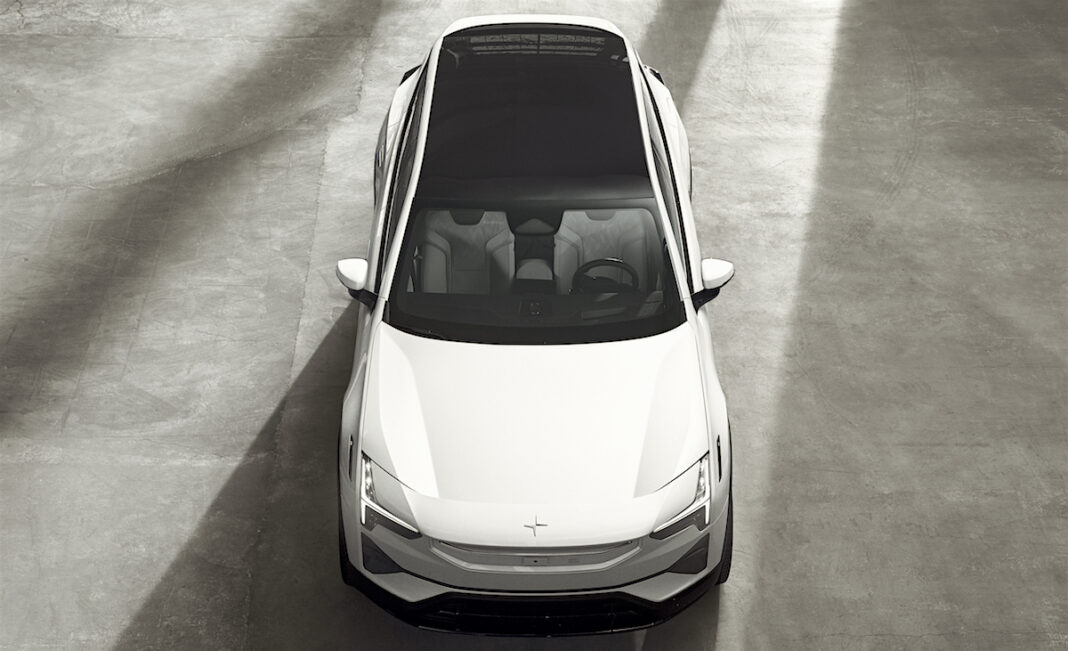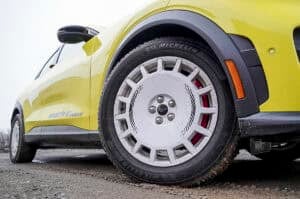Copenhagen, Denmark — In just over five years in business, Polestar has now released three different vehicles. The Polestar 1 was a limited-edition, high-performance, plug-in hybrid GT that offered more excitement than the average Bentley. The Polestar 2, the current mainstay of the brand, is a solid all-electric coupe-like sedan. Now, the Polestar 3, a luxury 5-seat EV SUV, joins the party after its recent global unveiling in Copenhagen.
Performance Pack: expect a lot more power, a little less range
At launch, the Polestar 3 comes equipped with a dual-motor configuration that generates 489 hp and 620 lb-ft of torque. With the optional Performance Pack added, output increases to 517 hp and 671 lb-ft of torque, enough to generate a 0-100 km/h time of about 4.7 seconds. (By comparison, the current dual-motor Polestar 2 with the Performance Pack delivers 476 hp, 502 lb-ft and roughly the same sprint time.)

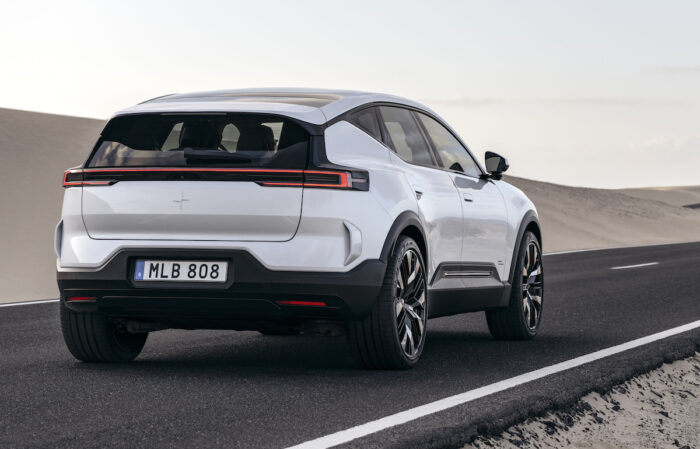
The launch edition also features a 111-kWh battery pack and an EPA-estimated range of 482 km (300 miles). With the Performance Pack fitted, the range will take a bit of hit; expect a reduction of about 48 km (30 miles). When connected to a DC fast-charger, the Polestar 3 battery pack can go from 10-80% in just 30 minutes. The vehicle also supports bi-directional charging, so it can send battery charge back to the grid.
A high-performance electric SUV with rear-biased handling for a sportier feel
The Polestar 3 comes equipped with other features that reinforce its high-performance nature. An active air suspension system is standard. The torque split in everyday driving conditions is rear-biased for a sportier feel. The torque-vectoring dual-clutch system at the rear axle aids in cornering. The standard wheels are 21-inch numbers; the Performance Packs adds 22-inch wheels shod with Pirelli P Zero tires.
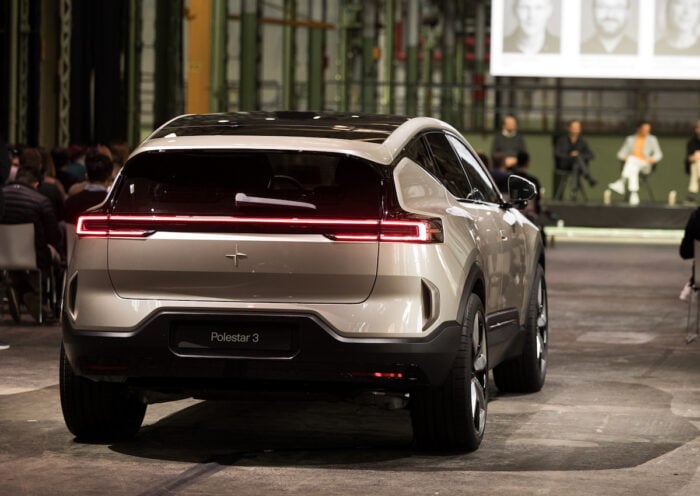

If the release of the Polestar 3 follows the model established by the Polestar 2, there should be a single-motor version down the road and possibly a dual-motor version with an even longer range.
Release date & price
The Polestar 3 is available to order right now with customer deliveries expected in the final quarter of 2023. Starting price for the launch edition is well up there—$85,400 in the US and $97,400 in Canada —but the normally optional Plus and Pilot packs are included in that price.
The Plus Pack brings a 25-speaker Bowers & Wilkins 3D surround sound audio system, soft-closing doors and a heated steering wheel. The Pilot Pack includes a head-up display, Park Assist Pilot and Pilot Assist driver-assistance system.
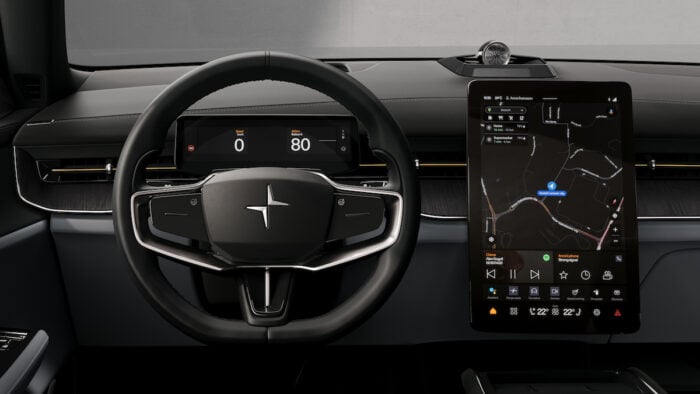
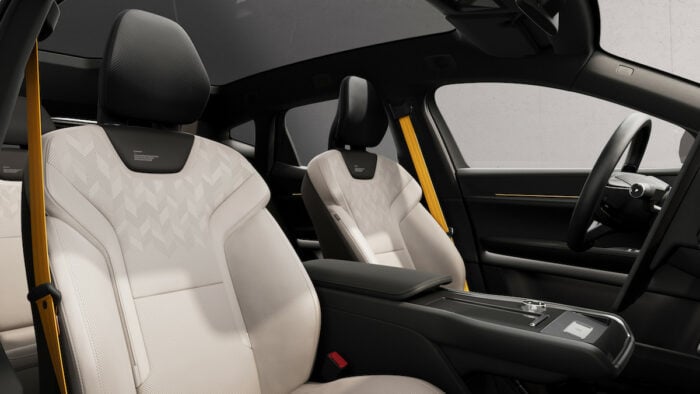
Up next for the brand will be the Polestar 4 (an SUV/coupe), Polestar 5 (a grand touring sedan), Polestar 6 (potentially, a 2+2 performance car) and, eventually, a completely carbon-neutral model they plan to debut in 2030.
Here’s a look at more 2024 SUVs worth checking out.
2024 Polestar 3 Long Range Dual Motor Specs:
| MSRP | US: $85,300; Canada: $97,400 (destination charge not included) |
| Plus Pack | Included |
| Pilot Pack | Included |
| Pilot Pack with LiDAR | Optional, expected to be available to order from Q2 2023 |
| Performance Pack | $7,000 |
| Power | 489 hp (617 hp with Performance Pack) |
| Torque | 620 lb-ft (671 lb-ft with Performance Pack) |
| 0-60 mph (target) | 4.9 seconds (4.6 with Performance Pack) |
| Top speed | 210km/h |
| Battery capacity (nominal) | 111 kWh |
| Battery type | 400V lithium-ion |
| Battery construction | 204 prismatic cells, 17 modules, aluminium battery case |
| Range (preliminary, target) [1] | Up to 610 km (WLTP), 480 km (EPA) |
| Electric motor type | Permanent magnet, synchronous design |
| Electric motor configuration | Dual, front and rear |
| Torque vectoring | Dual clutch (rear motor only) |
| Transmission | Single speed |
| Drag coefficient | 0.29 Cd |
| Drag force | 0.78 CdA |
| Charging capacity (DC) | Up to 250 kW |
| Charging capacity (AC) | Up to 11 kW |
| Wheelbase | 2,985 mm |
| Length | 4,900 mm |
| Height | 1,627 mm |
| Width incl. mirrors | 2,120 mm |
| Ground clearance | 211 mm |
| Curb weight | 2,584 kg (lightest spec) – 2,670 kg (heaviest spec) |
| Weight distribution | 50:50 |
| Towing capacity (braked) | 3,500 lbs, 350 lbs tongue weight |
| Chassis type | Steel unibody |
| Body type | Steel |
| Wheels and tyres | Staggered, 21-22 inches |
| Brakes | Brembo 4-piston, 400 mm drilled and ventilated discs (front)Single-piston, 390 mm ventilated discs (rear) |
| Turning circle (curb to curb) | 11.8 meters / 38 feet 9 inches |
| Suspension | Double wishbone (front)Integral link (rear) |
| Damping | Adaptive, self-levelling dual-chamber air suspension with ZF active dampers |
| Front storage compartment | 32 liters / 1.13 cubic feet |
| Rear luggage capacity (seats up) | 484 liters (incl. 90 under floor) / 17.09 cubic feet |
| Rear cargo capacity (seats folded) | 1,411 liters (incl. 90 under floor) / 49.82 cubic feet |
| Roof carrying capacity | 100 kg / 220lbs |

